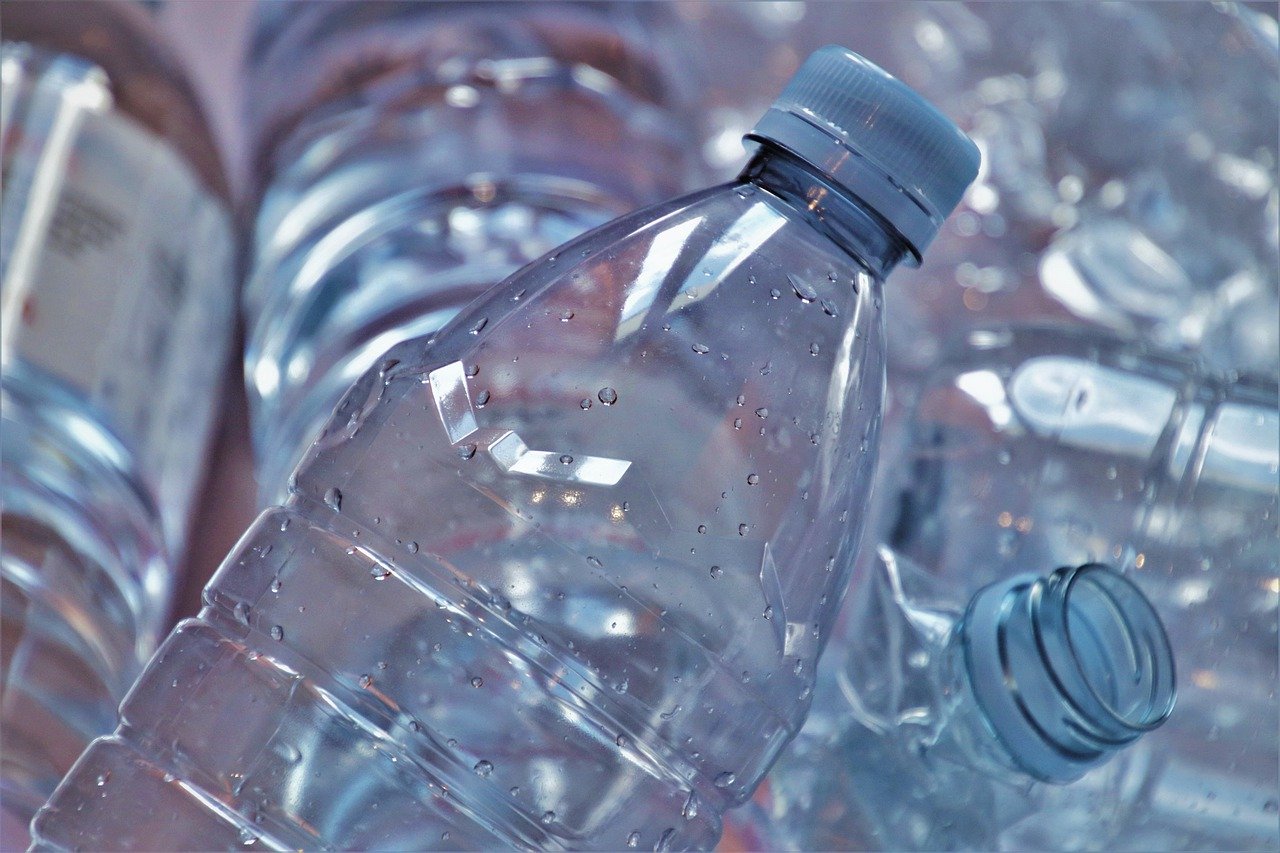Looking around, we see plastic everywhere. Over the past century, the use of plastic has become so pervasive that we cannot imagine it not existing. It is used to make millions of products such as electronic devices, clothes, toys, and especially single-use packaging, some of which will not decompose until 450 years later.
One of the reasons we use this substance so much is its affordability; it is so easy to mass produce. It may seem useful because many people can use the same products, but it also has its environmental consequences.
In the fashion industry alone, companies burn unsold products worth billions of dollars every year. If we consider other industries, for example cell phones, we see bigger figures. It is noteworthy that the waste of these products comes from the companies themselves, so if we take into account the waste by customers around the world, this figure will be much higher.
The plastic problem
Unfortunately, not all countries have specific plans for recycling plastics, so a lot are buried as waste or left in nature. In 2018, three million tons recycled meant a 8.7 percent recycling rate in the United States. If we consider other countries too, we are looking at shocking figures. Plastic production increases every year, making management harder and harder.
According to the latest reports, we produce 300 million tons of plastic waste annually, of which at least 8.8 million tons enter ocean waters. This amount of plastic kills 100 million marine animals annually. Creatures that think plastics are edible but suffocate or may not be able to excrete plastic and die..
Plastic food
What makes it even scarier is that plastic has now entered the food chain of organisms, and you may eat foods that contain microplastics that cannot be seen with the naked eye. So we cannot ignore this issue and say that this problem just concerns other creatures.
“There’s evidence that plastic is making its way into our bodies, but very few studies have looked for it there,” said Charles Rolsky, who conducts research at Arizona State University. “And at this point, we don’t know whether this plastic is just a nuisance or whether it represents a human health hazard.”
These plastic particles have entered our bodies in different ways and are not limited to what we eat. Air pollution, cosmetics, packaging materials, and paints may also play a role in the entry of this substance into our body. Microplastics are about 10 microns in size and can flow in the bloodstream, affecting different parts of the body and threatening our health.
Microplastics do not stop there. Recent research has shown that it is also found in placentas, which should be a warning to all of us. In addition to reducing foetal growth, there is a possibility that the immune system of the affected children will be damaged, but more research is needed.
In October 2020, scientists reported that babies who drank from a plastic bottle swallowed millions of plastic particles daily. In August, a group of researchers announced that microplastics and nanoplastics had been found in the human body.
Is it possible to get rid of plastic?
Not at this point, but we can greatly reduce its wasteful consumption. As a first step, we can take cloth bags with us when we go shopping or use more durable containers, such as glass bottles and vacuum flasks, to carry drinks.
Another solution is waste segregation. We can recycle some plastic materials that are no longer usable.
And finally, pay attention to packaging when buying food or other products and give priority to products that are biodegradable.
Image credit: pasja1000

